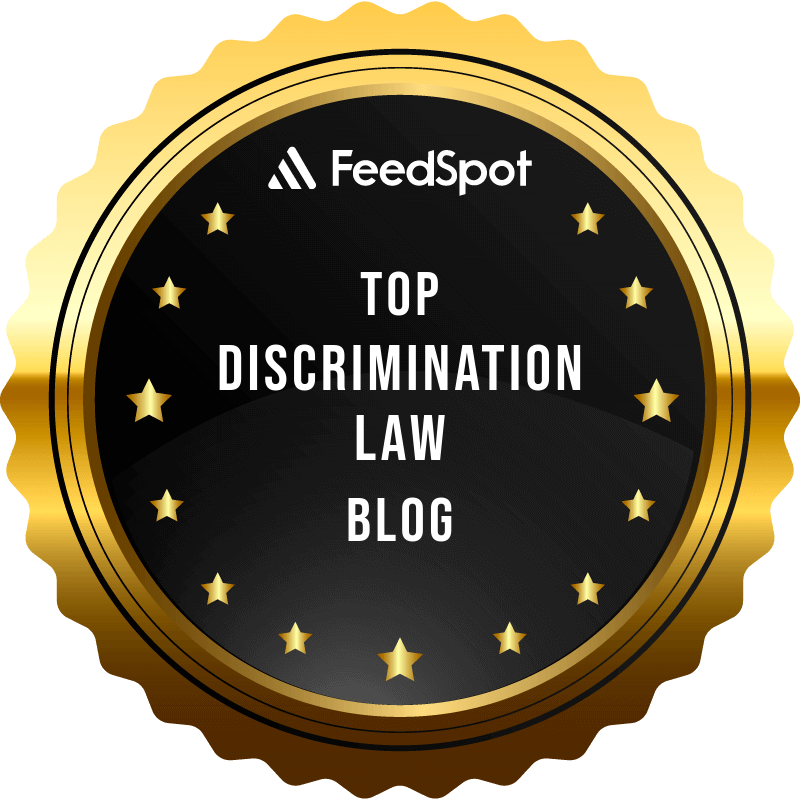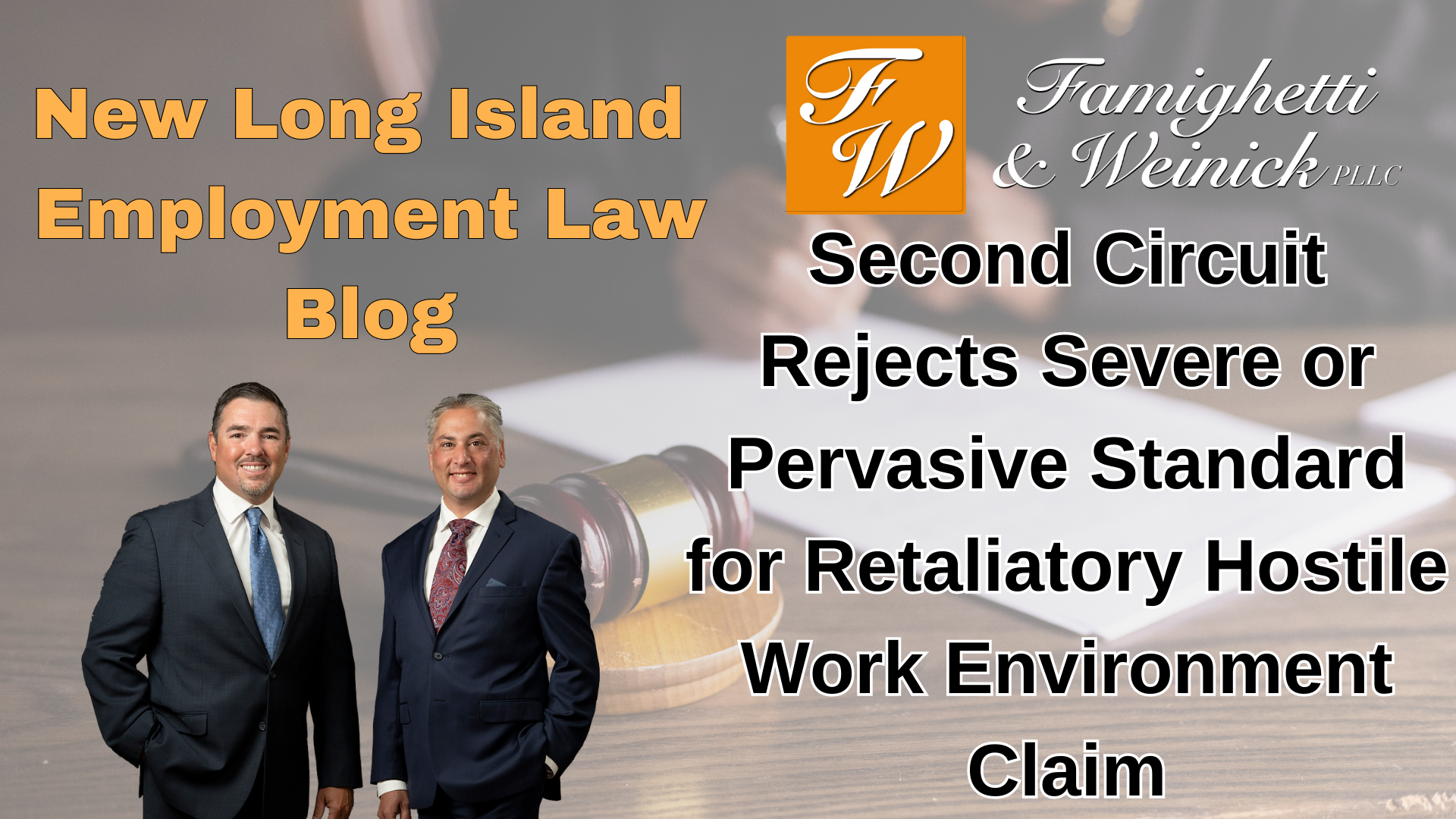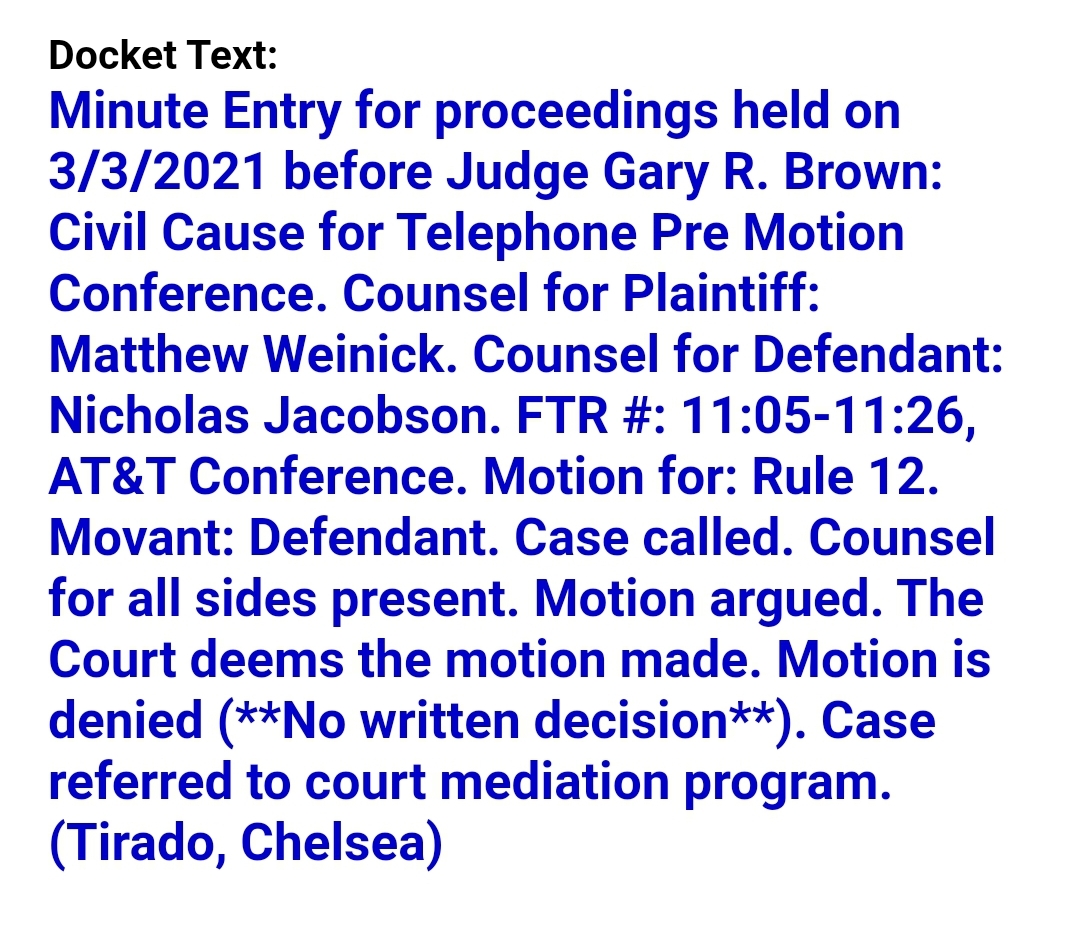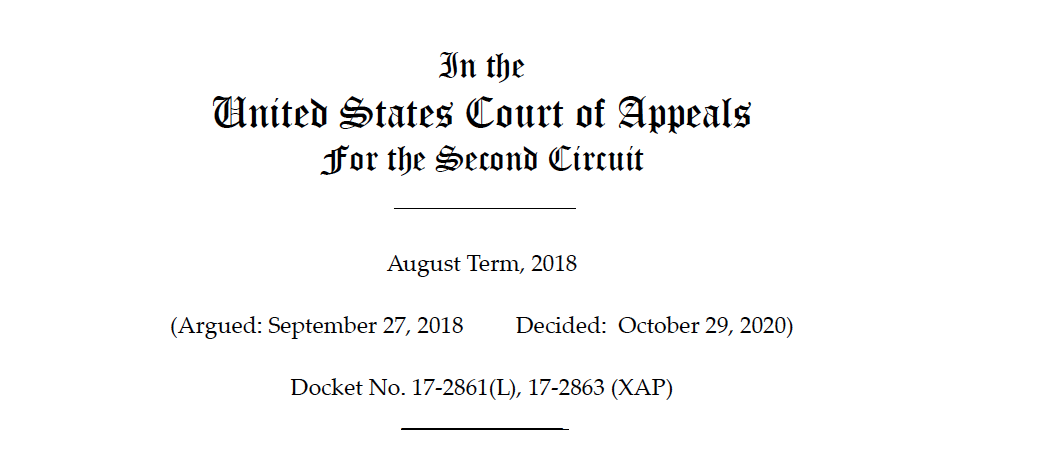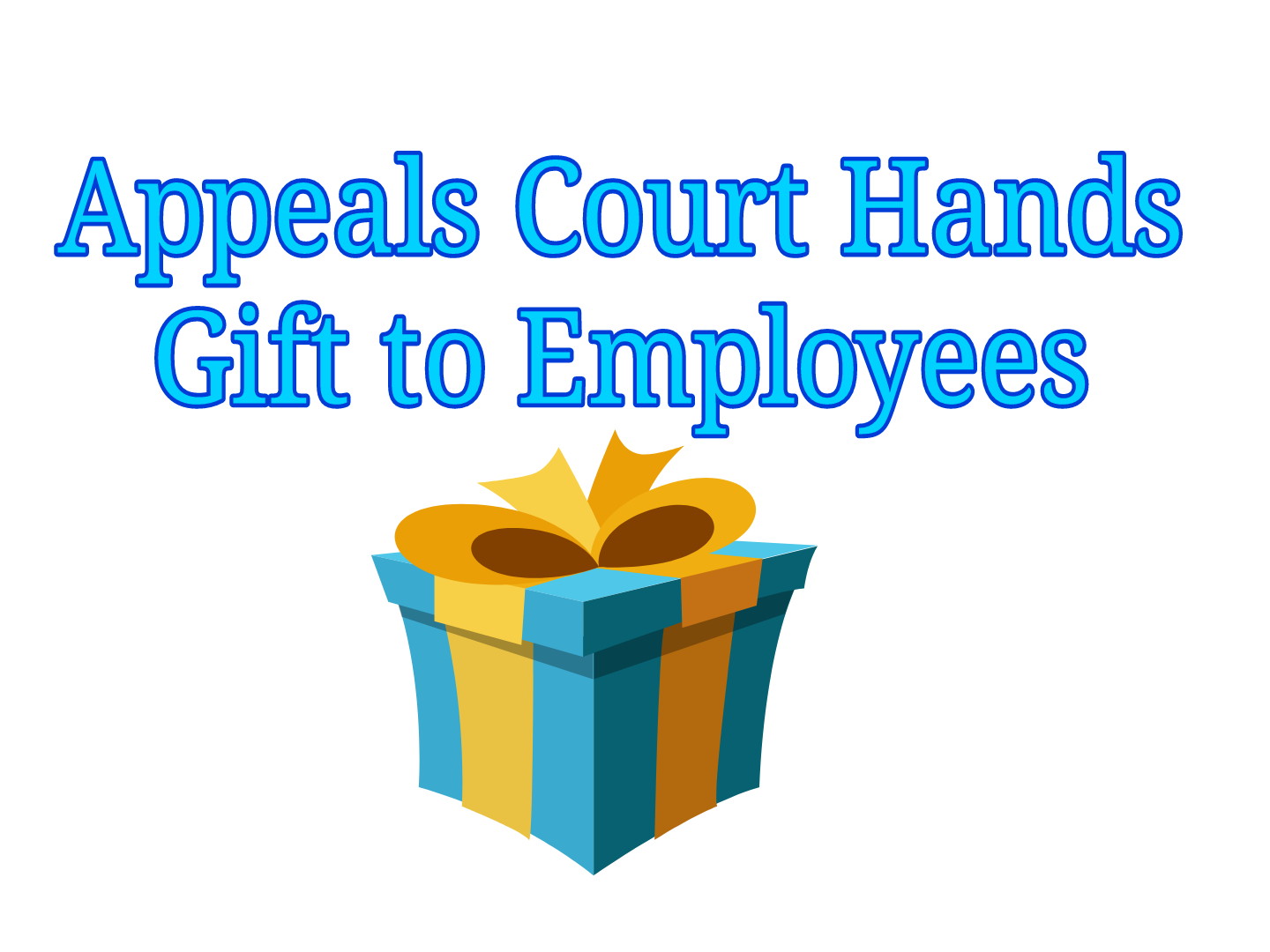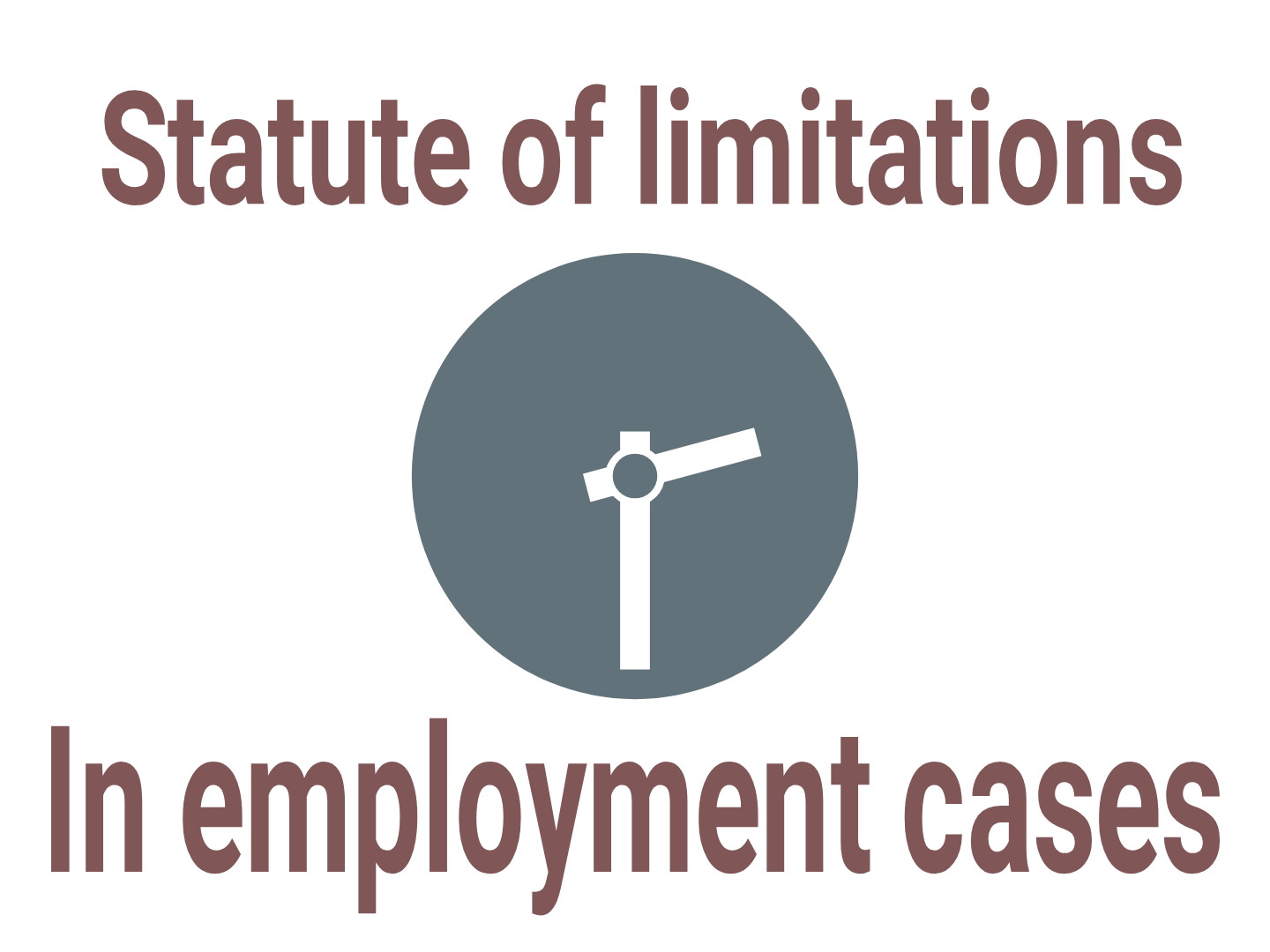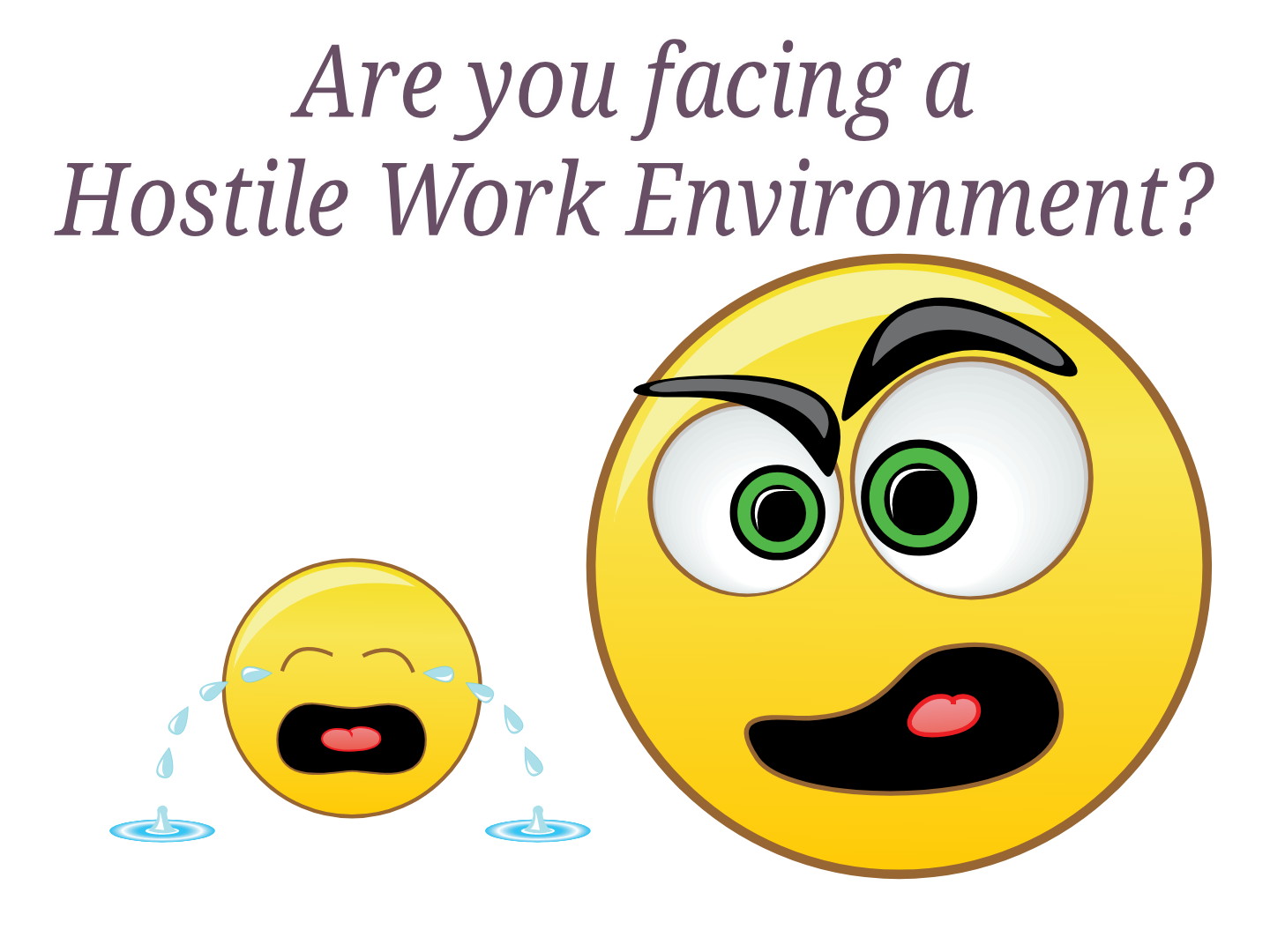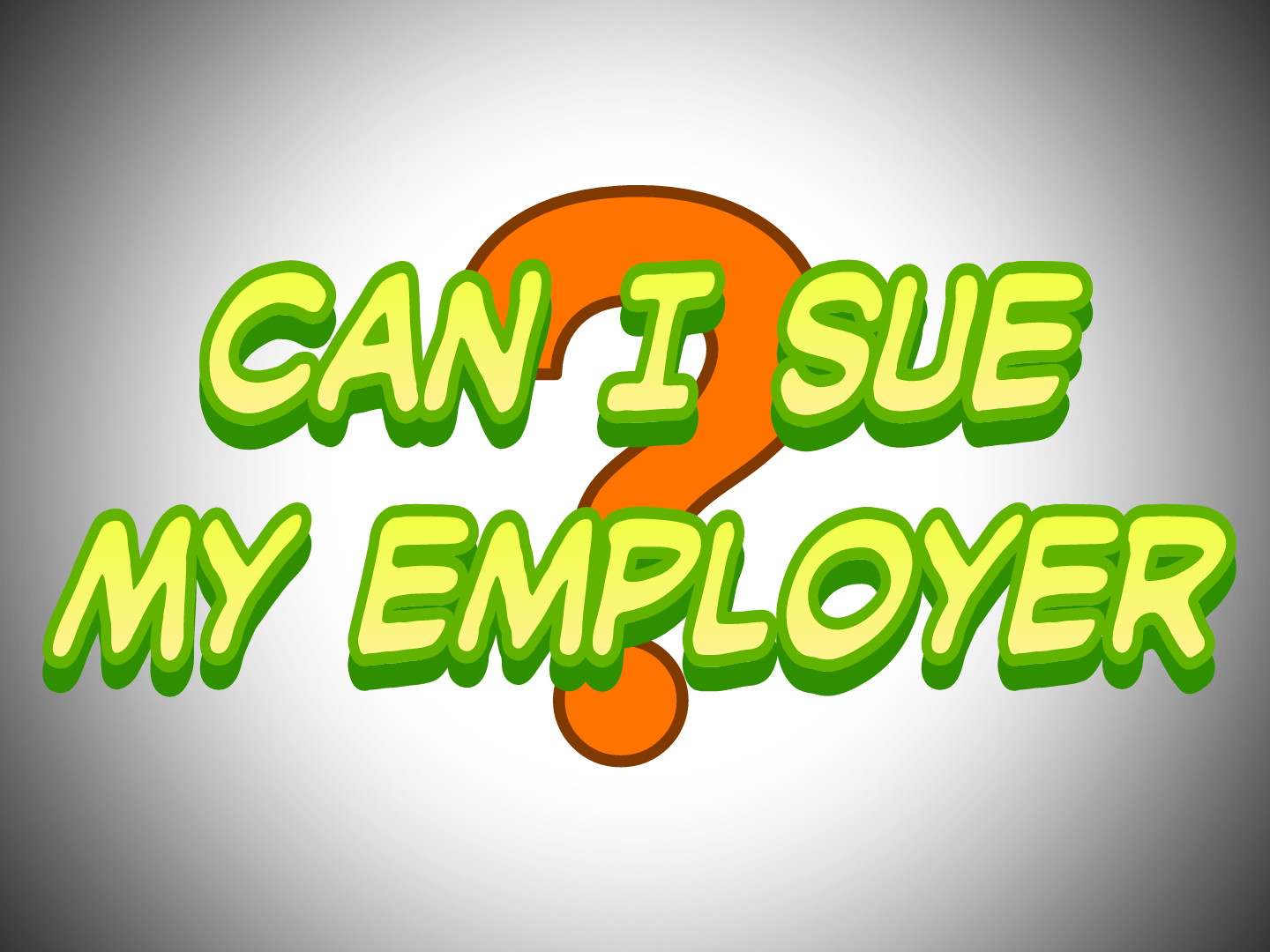Title VII of the Civil Rights Act of 1964 prohibits various forms of workplace discrimination, including discrimination based on sex, race, religion, and national origin. Title VII also includes an anti-retaliation provision which protects employees who complain about or oppose conduct which is unlawful under Title VII. This is referred to as engaging in protected…
Continue reading ›Your Side









